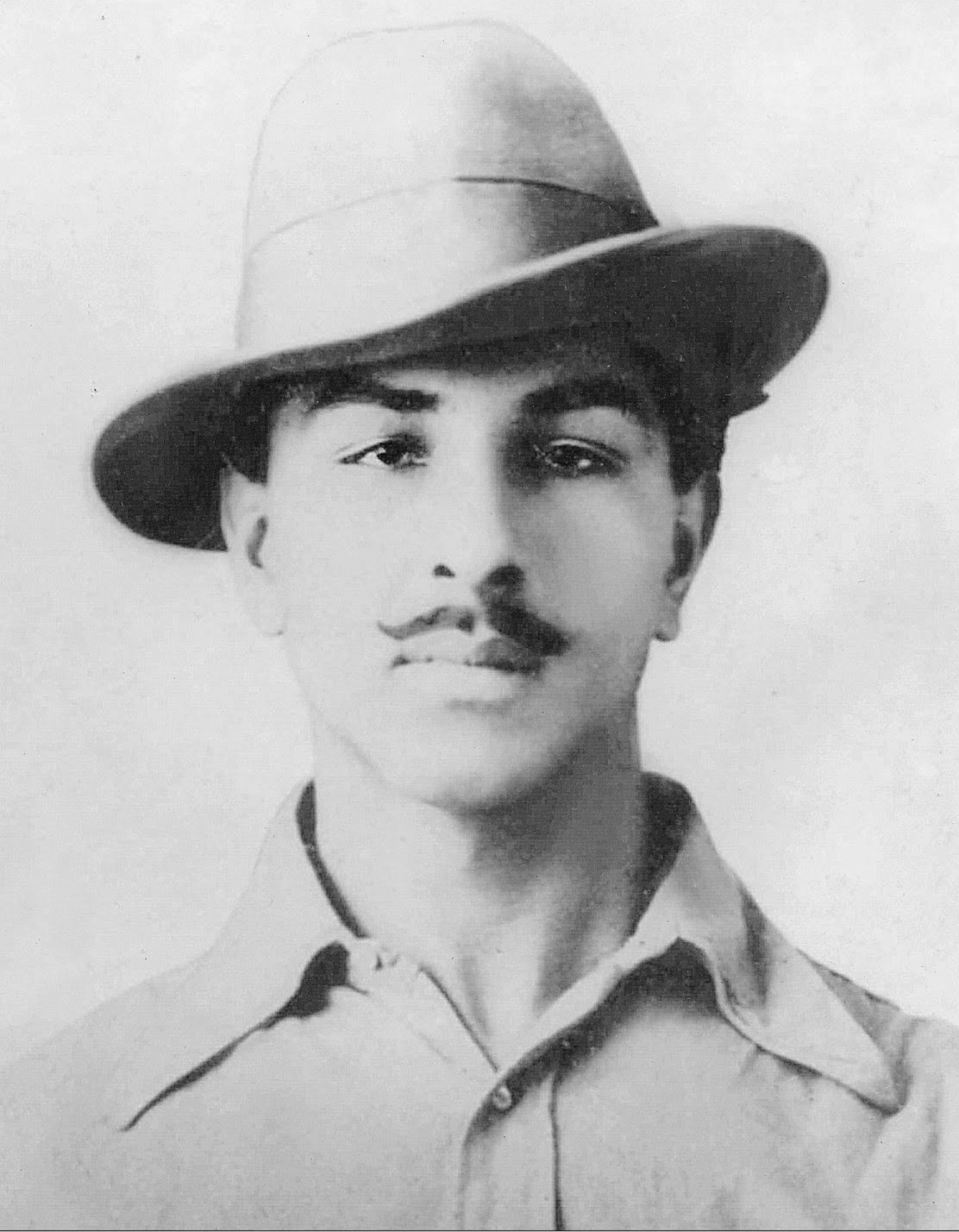
Bhagat Singh: The Revolutionary Icon of India’s Independence Movement
Bhagat Singh, an epitome of courage, intellect, and revolutionary zeal, remains etched in the annals of Indian history as one of the most iconic figures of the independence movement. Born on September 28, 1907, in Banga, Punjab, Bhagat Singh’s short yet impactful life continues to inspire generations with his unwavering commitment to the cause of freedom.
From a young age, Bhagat Singh was deeply influenced by the prevailing socio-political conditions in British-ruled India. The Jallianwala Bagh massacre of 1919, in which innocent civilians were ruthlessly gunned down by British troops, left an indelible mark on his consciousness. Witnessing such atrocities fueled his determination to fight against the oppressive colonial regime.
Bhagat Singh’s journey into the realm of revolutionary activism began during his student years. He was deeply influenced by the nationalist ideals of freedom fighters like Lala Lajpat Rai and Bal Gangadhar Tilak. Inspired by their courage and dedication, Bhagat Singh joined the Hindustan Republican Association (HRA), a revolutionary organization aimed at overthrowing British rule through armed struggle.
The Lahore Conspiracy Case of 1929 marked a turning point in Bhagat Singh’s revolutionary career. In response to the implementation of draconian laws such as the Public Safety Bill and the Trade Disputes Bill, Bhagat Singh and his comrades planned to explode bombs in the Central Legislative Assembly. The objective was not to cause harm but to symbolically protest against the repressive British regime.
The incident catapulted Bhagat Singh into the spotlight, turning him into a national hero overnight. His famous slogan, “Inquilab Zindabad” (Long Live the Revolution), resonated with millions of Indians who yearned for freedom from colonial shackles. Despite facing imminent arrest, Bhagat Singh remained undeterred, declaring in court, “Revolution is in the realm of ideas.”
Bhagat Singh’s incarceration did not dampen his spirit; instead, it further fueled his resolve to fight for the cause of independence. His hunger strike in prison, along with fellow revolutionaries, was a poignant protest against the inhumane treatment meted out to political prisoners. Even in the face of adversity, Bhagat Singh remained steadfast in his commitment to his principles.
The execution of Bhagat Singh, along with Rajguru and Sukhdev, on March 23, 1931, sent shockwaves across the nation. However, their martyrdom ignited a flame of resistance that would eventually lead to India’s independence. Bhagat Singh’s sacrifice became a rallying cry for freedom fighters across the country, galvanizing them to intensify their struggle against British rule.
Bhagat Singh’s legacy transcends the boundaries of time and space, inspiring successive generations to uphold the values of freedom, equality, and justice. His emphasis on the power of youth in bringing about social change continues to resonate in contemporary times. Bhagat Singh’s revolutionary spirit serves as a beacon of hope for all those who strive for a better, more just society.
In conclusion, Bhagat Singh’s indomitable courage, unwavering commitment, and selfless sacrifice make him an enduring symbol of India’s struggle for independence. His life exemplifies the power of ordinary individuals to challenge oppression and injustice, and his legacy continues to inspire millions around the world. As we commemorate his legacy, let us reaffirm our commitment to the ideals for which he lived and died—the ideals of freedom, equality, and justice for all.













